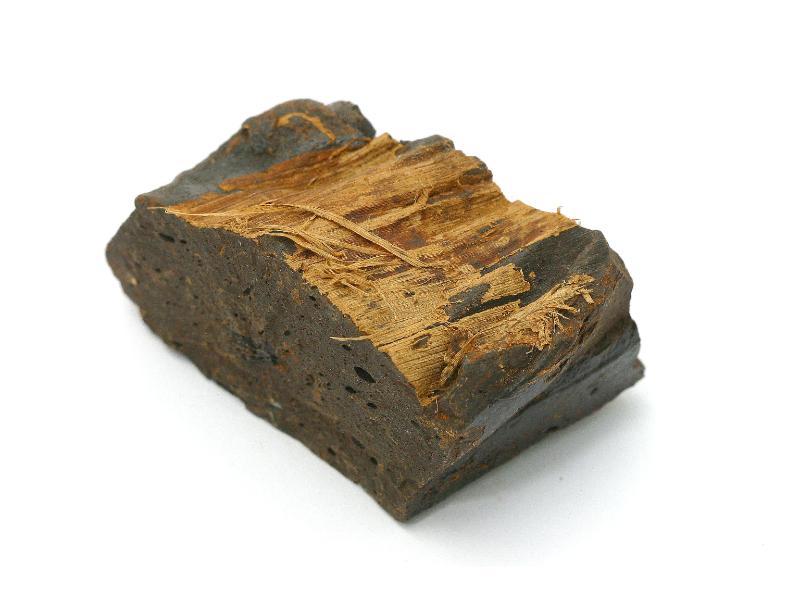Search in medicinals
Catechu
Cutch
儿茶 〔兒茶〕 ér chá

Alternate English names: kutch black catechu
Alternate Chinese names: 孩儿茶 hái ér chá; 乌爹泥 wū diē ní; 乌迭泥 wū dié ní; 乌丁泥 wū dīng ní; 西谢 xī xiè; 阿仙药 à xiān yào; 乌丁 wū dīng
Kingdom: Plant
Origin in PRC Pharmacopoeia: Acacia catechu (L.) Willd. (PRC Pharmacopoeia) [= Senegalia catechu (L.f.) P.J.H. Hurter & Mabb.]
Origin in unofficial sources: Acacia catechu (L.) Willd.*; Uncaria gambier Roxb.; Dichrostachys glomerata (Forsk) Chiov.
Use: Medicinal
Category: External-use agents / Toxin-drawing, putridity-transforming, and flesh-engendering agents
Properties: Bitter, astringent; cool.
Channel entry: Lung channel.
Actions and indications:
- Absorbs dampness and closes sores:
Sore s and welling-abscesses,damp sores , and gān of the teeth and gums. - Engenders flesh and stanches bleeding: External injury.
- Additional uses: ér chá taken orally also clears the lung and transforms phlegm while engendering liquid as well as checking diarrhea. It can be used for lung heat cough, summerheat with thirst, and incessant diarrhea and dysentery. However, over recent years, oral use has declined. It is still added to some preparations of fresh betel nut (bīng láng) and chewed as a quid recreationally.
Dosage and method: Oral: Decoct in a cloth bag, or more commonly take in powders and pills. The dose is 1–3g but may be increased when it is used as a decoction. Topical: Apply in powder form.
Notes: According to the Chinese Pharmacopoeia, the term 儿茶 ér chá should only refer to the product made from Acacia catechu, often referred to as cutch or black cutch. However, in the past, it was confused with a similar product made from Uncaria gambier, called gambier (extract), white cutch, or pale cutch. Both are made by boiling branches of the plant in water, which is reduced to a thick extract that is then dried.
Quality: Products that are gluey in substance, and dark in color with a red hue, and have a strong bitter astringent taste are best.
Production area: Black cutch (Acacia catechu): Yúnnán. White cutch (Uncaria gambier): Indonesia and Malaysia.
Etymology: The term 儿茶 ér chá appears to be a shortening of 孩儿茶 hái ér chá, literally child tea,
probably traceable as a loan term from Hindi khair, katha, or Malay kachu.